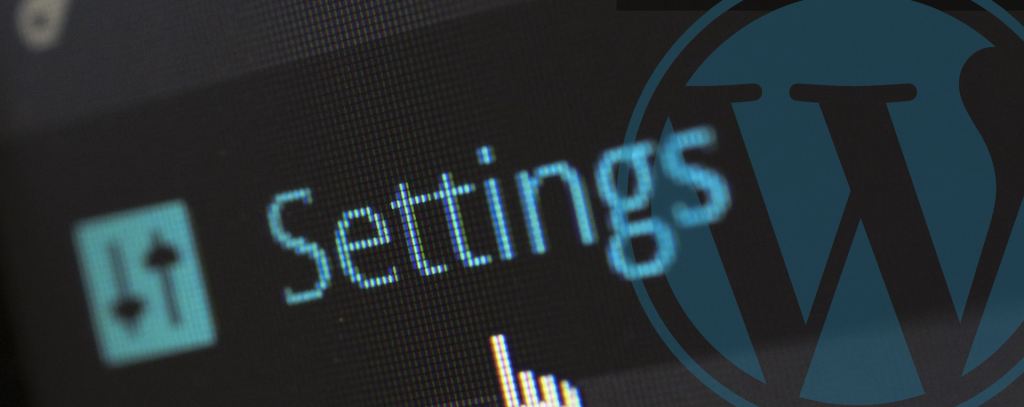
WordPress is the world’s most popular content management system (CMS), powering over 40% of all websites on the internet. While WordPress is known for its user-friendly interface and flexibility, it is also a popular target for hackers and cybercriminals. As a website owner, it is important to take proactive measures to secure your WordPress site and protect your data and your visitors.
In this post, we will explore the common types of WordPress security threats and provide actionable tips to enhance your website security.
Types of WordPress Security Threats
WordPress security threats come in various forms, and understanding these threats is the first step in protecting your site. Here are some of the most common types of WordPress security threats:
- Brute force attacks In a brute force attack, hackers attempt to guess your login credentials by repeatedly trying different username and password combinations. This type of attack is typically automated, with bots trying thousands of combinations per minute. If successful, the attacker gains access to your website and can modify or steal your data.
- Malware and viruses Malware and viruses are malicious software programs that can infect your website and cause harm. Malware can be used to steal data, track user activity, or hijack your website. Some types of malware can even encrypt your data and demand a ransom for its release.
- SQL injection SQL injection is a type of attack where hackers inject malicious code into your website’s database. This code can modify or delete your data, or even take over your entire website. SQL injection attacks are often carried out by exploiting vulnerabilities in outdated or poorly secured plugins or themes.
- Cross-site scripting (XSS) Cross-site scripting (XSS) attacks involve injecting malicious code into your website’s pages. This code can then be used to steal user data or redirect visitors to other websites. XSS attacks are often carried out by exploiting vulnerabilities in user input fields or poorly secured plugins.
- DDoS attacks Distributed Denial of Service (DDoS) attacks involve flooding your website with traffic in an attempt to overwhelm your server and take it offline. DDoS attacks can be carried out by a botnet, which is a network of compromised computers controlled by a single attacker.
Best Practices for WordPress Security
Now that we’ve covered the common types of WordPress security threats, let’s look at some best practices to help protect your website:
- Keep your WordPress software updated One of the easiest ways to protect your WordPress site is to keep your software updated. WordPress regularly releases security updates and patches, and it is important to install them as soon as they become available. Outdated software can leave your site vulnerable to security threats, so make sure to check for updates regularly and install them promptly.
- Use strong passwords Passwords are the first line of defense for your WordPress site. Use strong, complex passwords that are difficult to guess or crack. Avoid using common words or phrases, and never use the same password for multiple accounts. Consider using a password manager to generate and store strong passwords.
- Install security plugins There are a number of WordPress security plugins available that can help protect your site from attacks. These plugins can scan for malware, monitor for suspicious activity, and provide other security features. Popular options include Wordfence, Sucuri, and iThemes Security.
- Limit login attempts One common method of attack is a brute force attack, in which hackers attempt to guess your username and password by repeatedly trying different combinations. You can limit login attempts by using a plugin or by implementing code in your functions.php file.
- Use SSL encryption SSL encryption (HTTPS) is a method of encrypting data sent between the user’s browser and your website’s server. This helps to protect user data, such as login credentials and personal information, from being intercepted by hackers. To use SSL encryption, you will need to obtain an SSL certificate and configure your website to use HTTPS.
- Regularly backup your website Regular backups are essential to protect your website from data loss due to security breaches, malware infections, or other issues. Make sure to backup your website regularly and store backups in a secure location. Consider using a backup plugin or service to simplify the backup process.
- Choose reputable plugins and themes Plugins and themes are a great way to extend the functionality of your WordPress site, but they can also pose a security risk if they are poorly coded or contain vulnerabilities. Always choose reputable plugins and themes from trusted sources, and make sure to keep them updated.
- Use a secure hosting provider Your hosting provider plays a critical role in the security of your WordPress site. Choose a hosting provider that takes security seriously and implements measures such as firewalls, intrusion detection, and regular backups. Make sure to also keep your hosting account login credentials secure.
Conclusion
Securing your WordPress site is an ongoing process, and it requires a combination of proactive measures and best practices. By following the tips outlined in this article, you can enhance the security of your website and protect your data and your visitors from cyber threats.
Remember to regularly update your WordPress software, use strong passwords, install security plugins, limit login attempts, use SSL encryption, backup your website, choose reputable plugins and themes, and use a secure hosting provider.